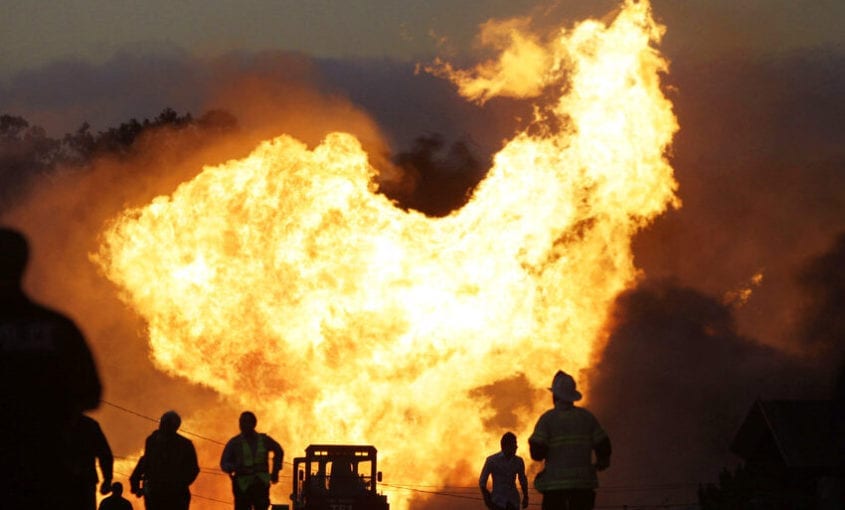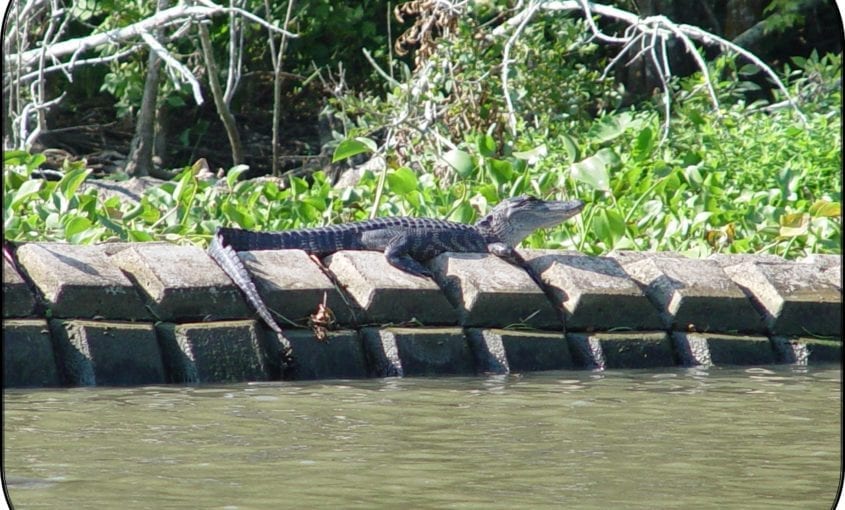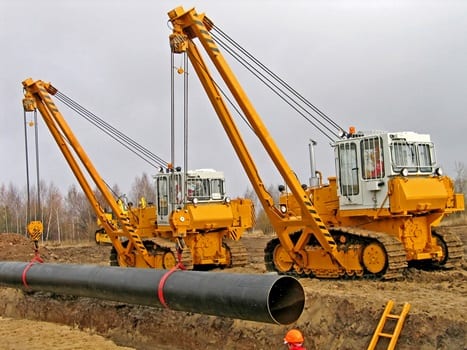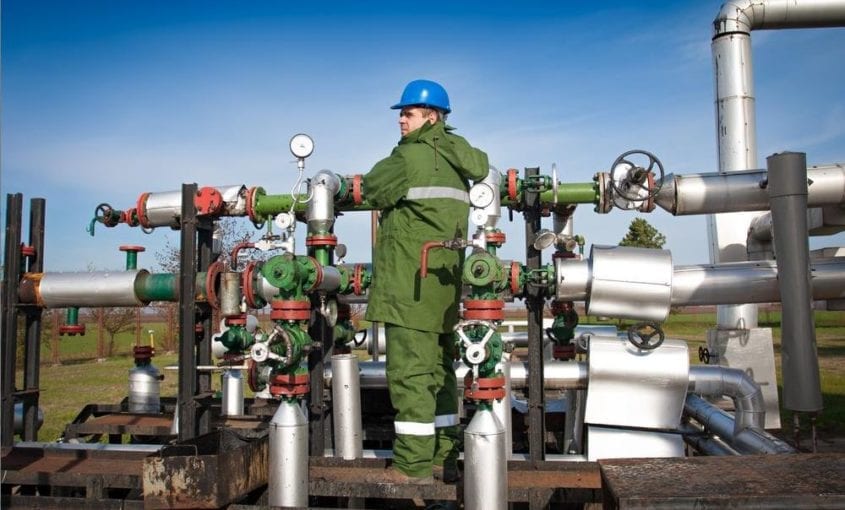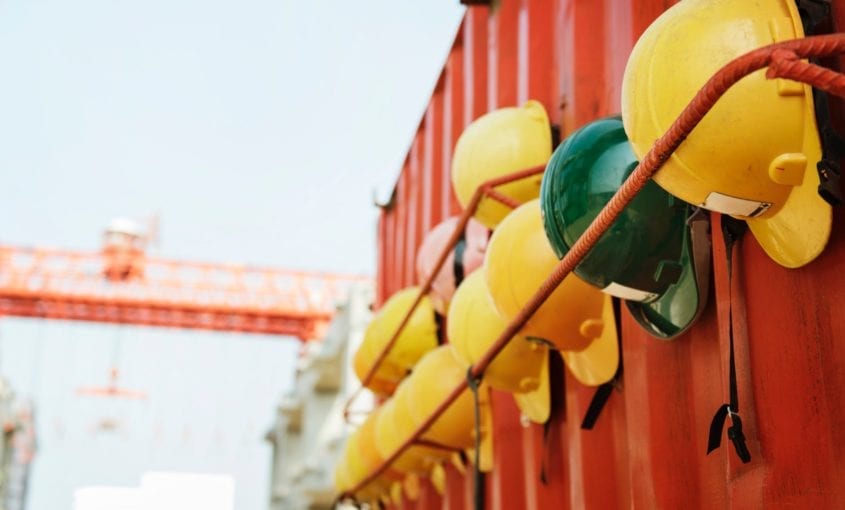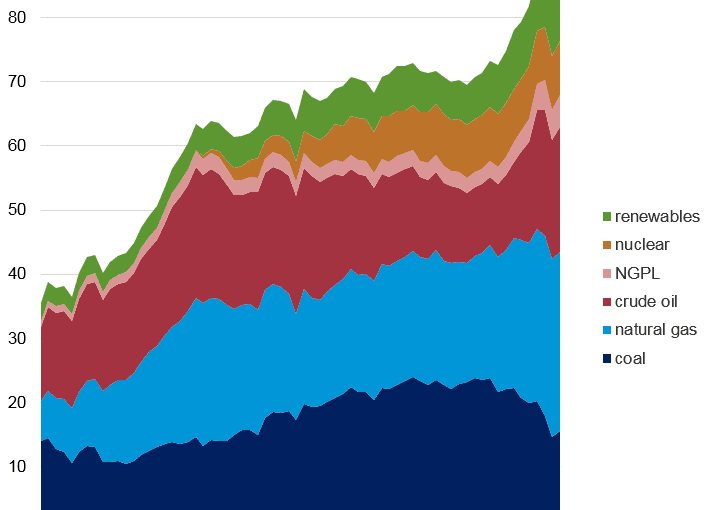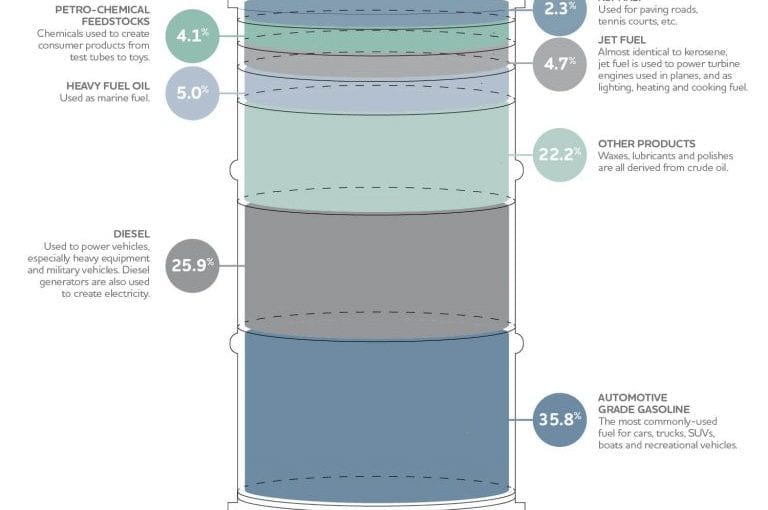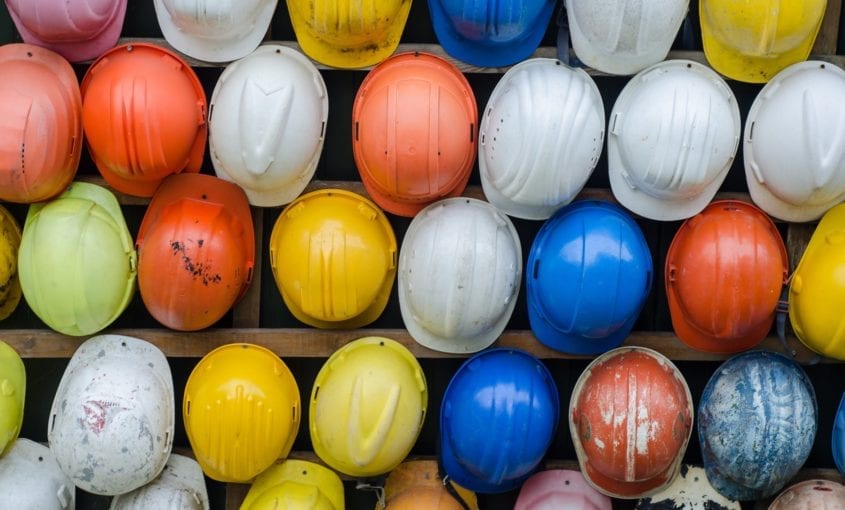U.S. Officials Adopt Rules to Prevent Pipeline Explosions, Spills
S. transportation officials adopted long-delayed measures that are meant to prevent pipeline spills and deadly gas explosions, but they don’t address recommended steps to lessen accidents once they occur. The new rules from the Department of Transportation apply to more than 500,000 miles of pipelines that carry natural gas, oil, and other hazardous materials throughout
Read More...

